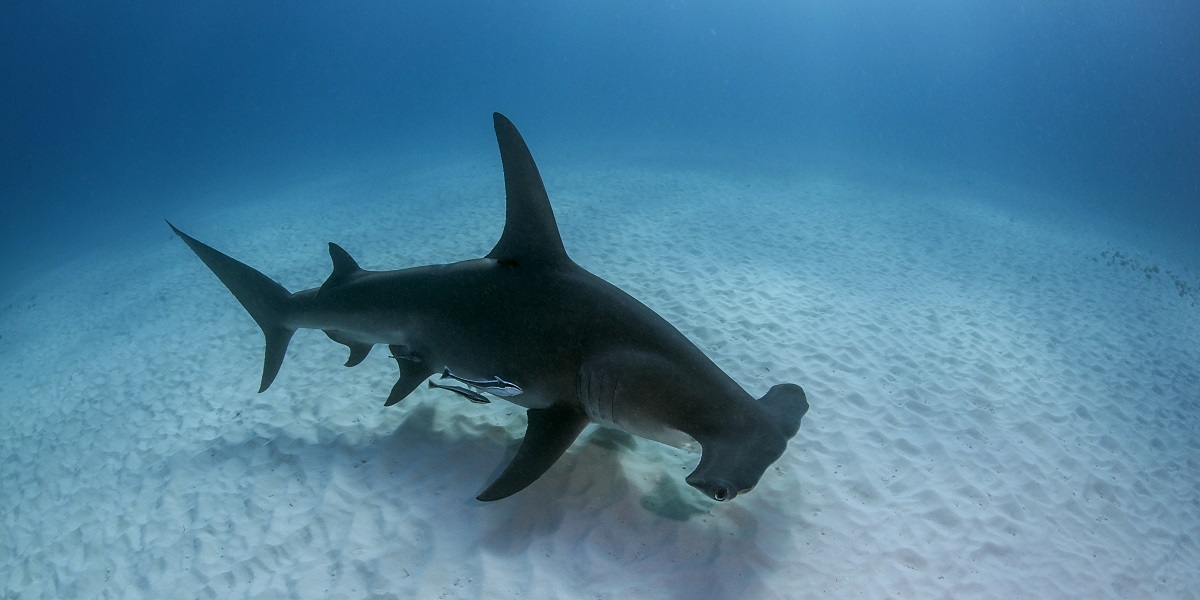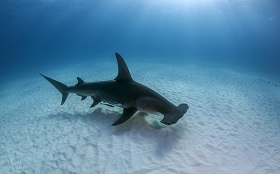Abu Dhabi’s efforts
In 2011, EAD revealed that up to 4.3 tonnes of scalloped hammerhead and great hammerhead were landed in Abu Dhabi. Hammerheads are vulnerable to overfishing and EAD closely monitors the species. In 2018, the UAE developed The National Plan of Action for the Conservation and Management of Sharks 2018-2021, which details concrete steps to develop public awareness and strictly enforce legislation to protect sharks, skates, rays and chimaeras.



